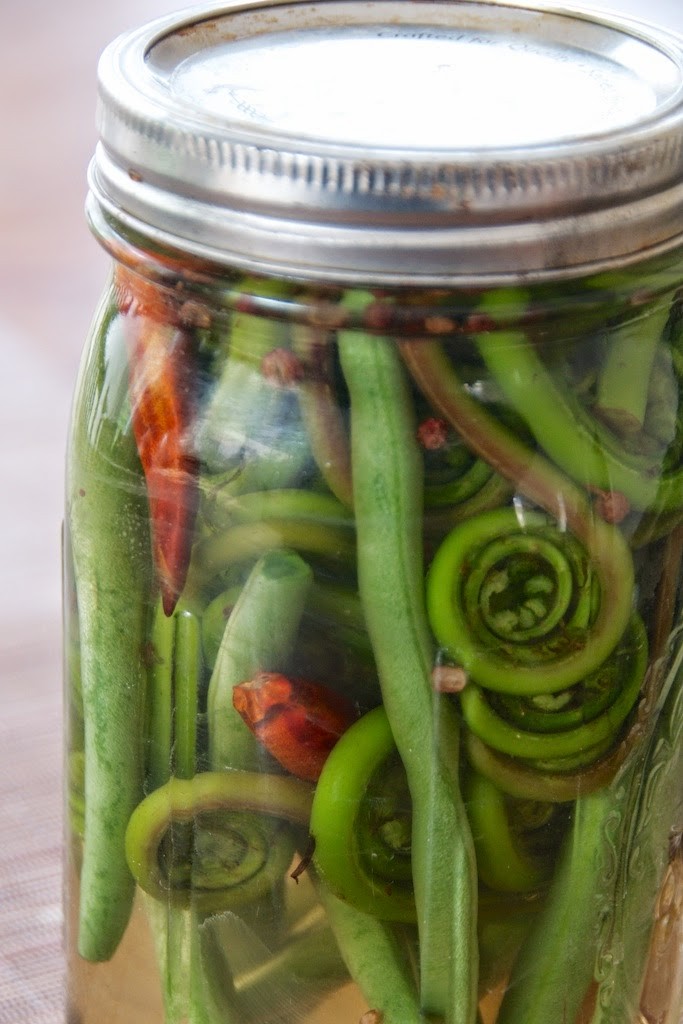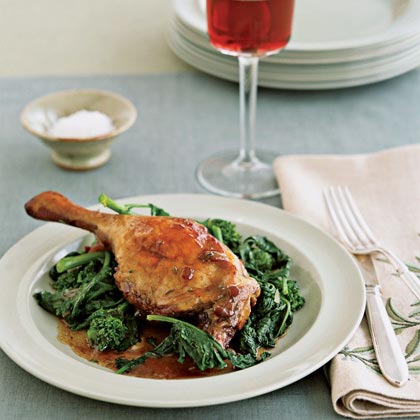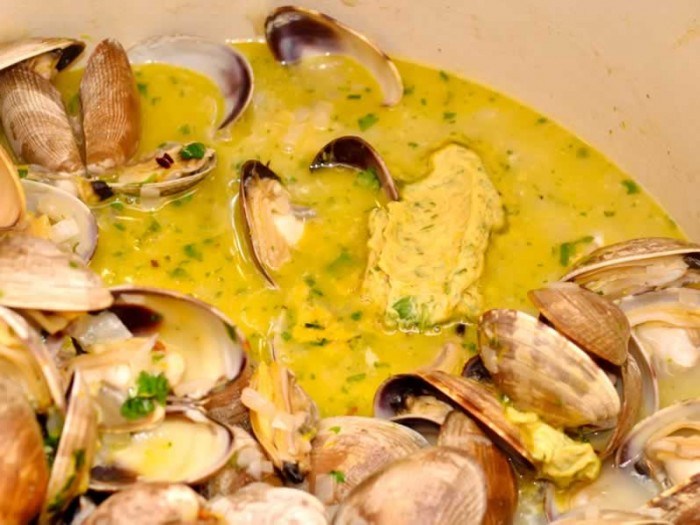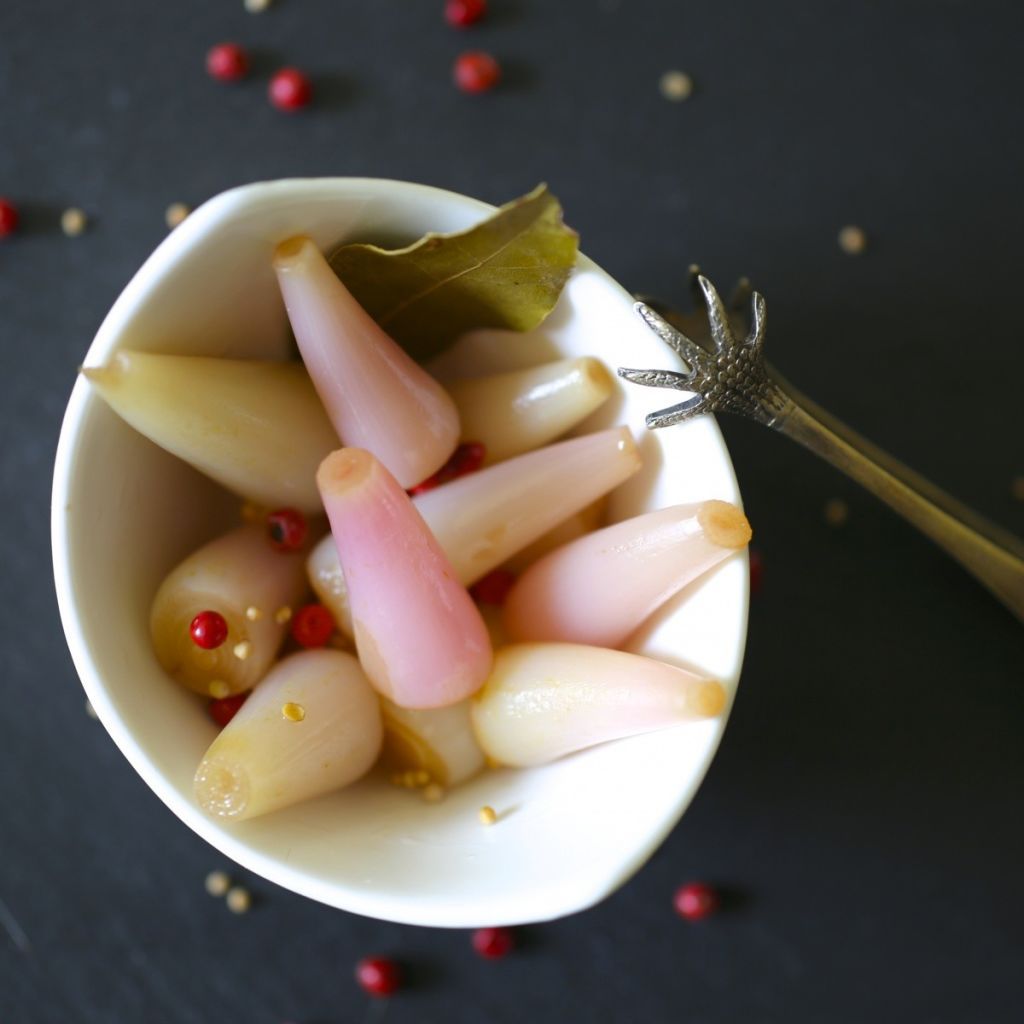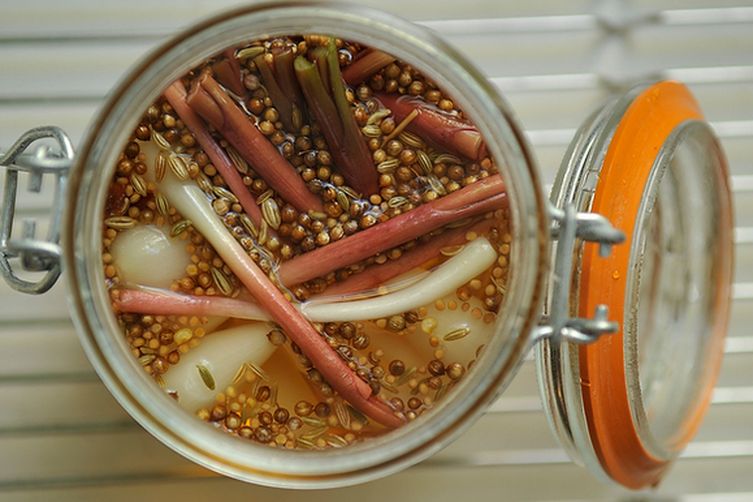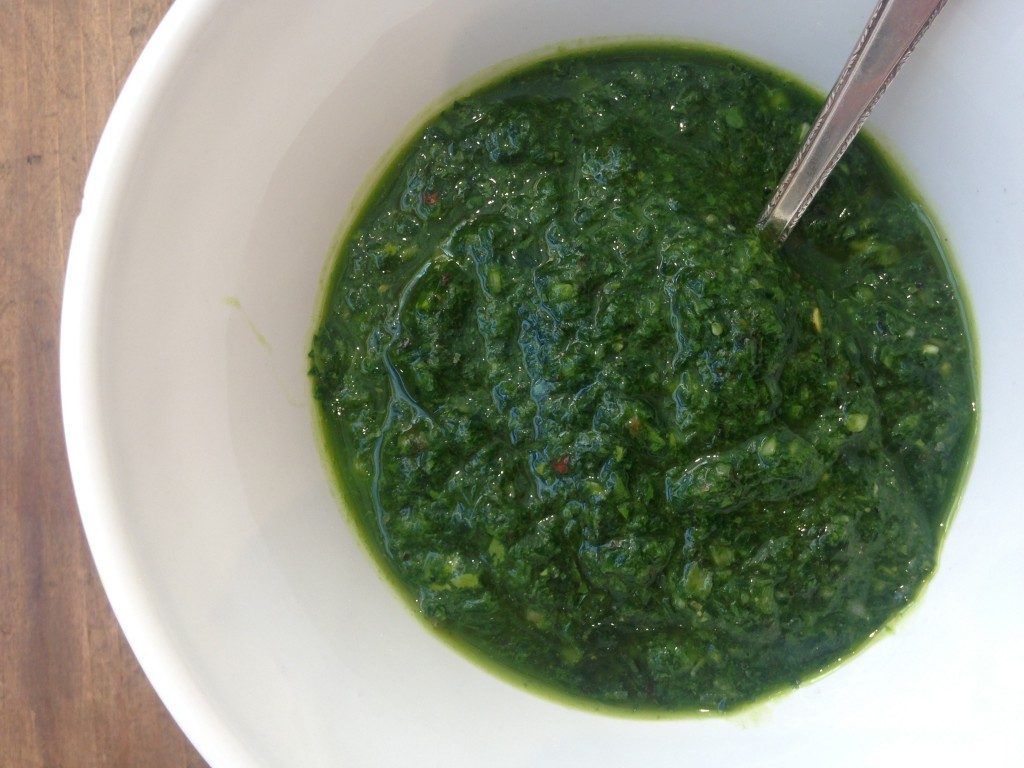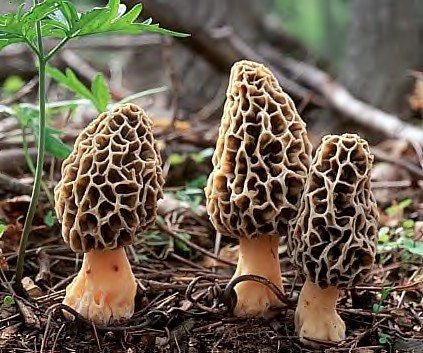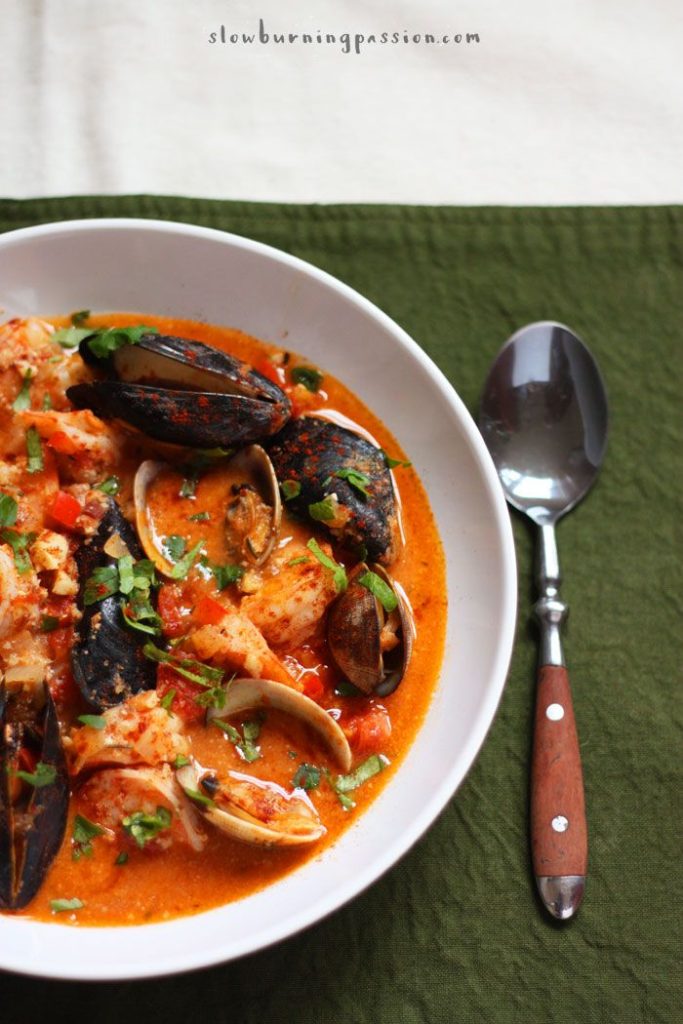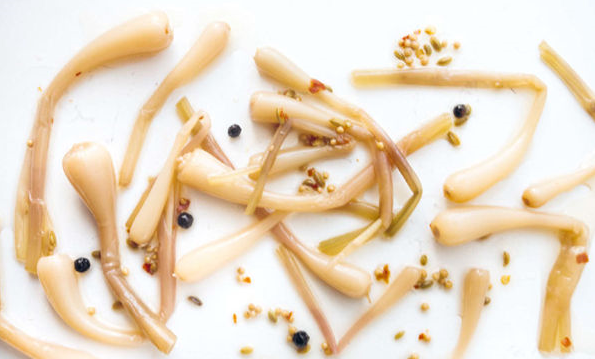Most people in the Pacific Northwest prefer to fry their razor clams, and there are countless variations of this simple method of cooking clams. Just take into account the numerous oils (olive, canola, sesame, peanut, etc..) to use for frying, and frying pans (cast iron, steel, non-stick, deep-fryer, etc..), also washes (egg, milk, buttermilk, etc.), and finally coatings (flour, panko, ground Ritz, cracker meal, etc..)…. the variations are just endless! The good news is there is only one issue you need to really worry about when cooking razor clams, if you over cook them they become tough! Along with any household frying pan, just make sure the oil is at it’s smoke point before adding the clams.
Here is one final tip, if you follow most recipes you’ll be eating raw clams, and that’s just bad! I’ve read hundreds of recipes, on the web and in books over the years, and all of them say cook 1 minute on each side. This might be true in a deep fat fryer, or using a cast iron pan with peanut oil, but for most set ups it just takes longer. A fried clam should not be like shoe leather, and it should not be limp (or raw), I like them when they are getting firm, but the necks are still not tough; so use a fork and test a neck if your uncertain.
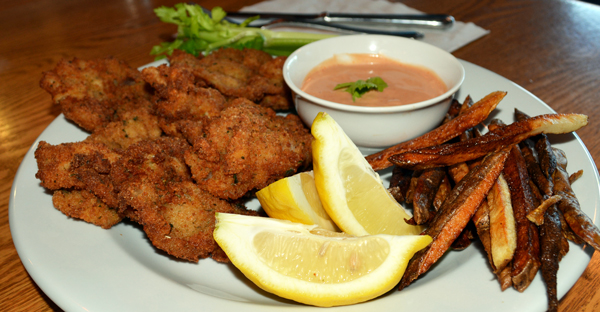 1-lb Razor Clams
1-lb Razor Clams
3-eggs mixed with 1/4 C. milk
2 C. flour
1/4 inch deep canola oil (Do not use Olive Oil, the smokepoint is too low)
tenderizer optional on necks
salt to taste
lemon slices
tartar sauce
Prepare Egg Wash: Mix eggs and milk. Prepare Clams: Dry clams to ensure the egg wash and floor adhere to them, then dunk into the wash and into floor to coat. Rest Clams: Once floored well lay clams on aluminum foil and let rest for fifteen minutes (coating will adhere to clam). Season: Season with salt while resting, and then other side while in pan cooking.
Prepare Your Pan: Add oil to pan, about 1/4 inch, heat to smoke pint, to keep oil hot don’t add to many clams at once. Cook Clams: Cook about 1 plus minutes on each side, make sure clams are not limp (to raw), or to stiff (to tough). Serve: Add lemon wedges and/or tartar sauce and enjoy!
My tartar sauce is simple. Finely diced onion and pickles, mixed with mayo and a tiny bit of pickle juice. Let it rest as long as you can in the fridge before using. Sometimes I get fancy. I’ll add in a little dill, lemon juice, celery salt, and or finely chopped capers. With clams though, I’m generally happy with just lemon. Mmm, love clams!
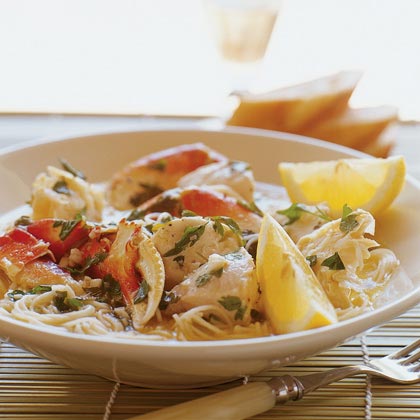

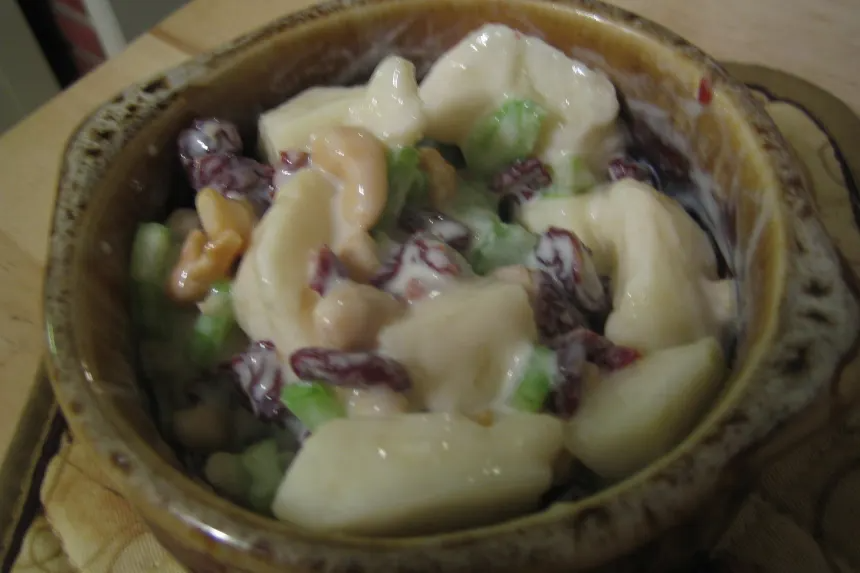 3/4 C. finely chopped celery
3/4 C. finely chopped celery 
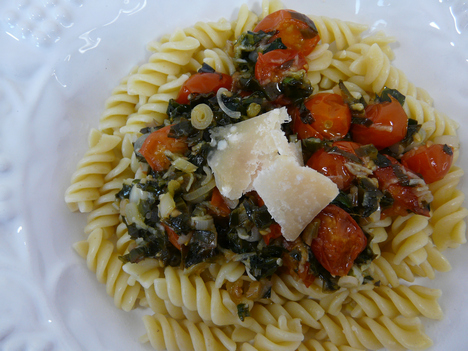

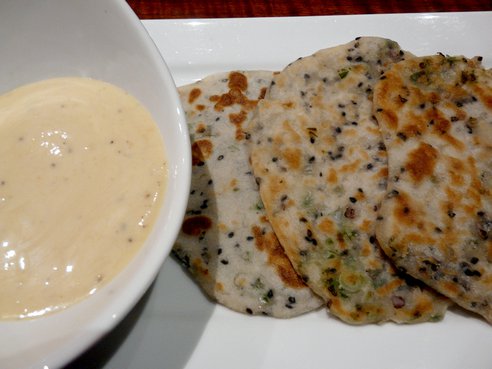
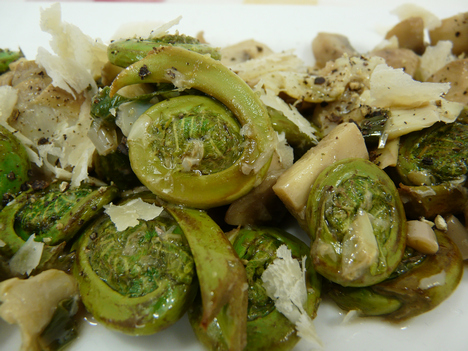

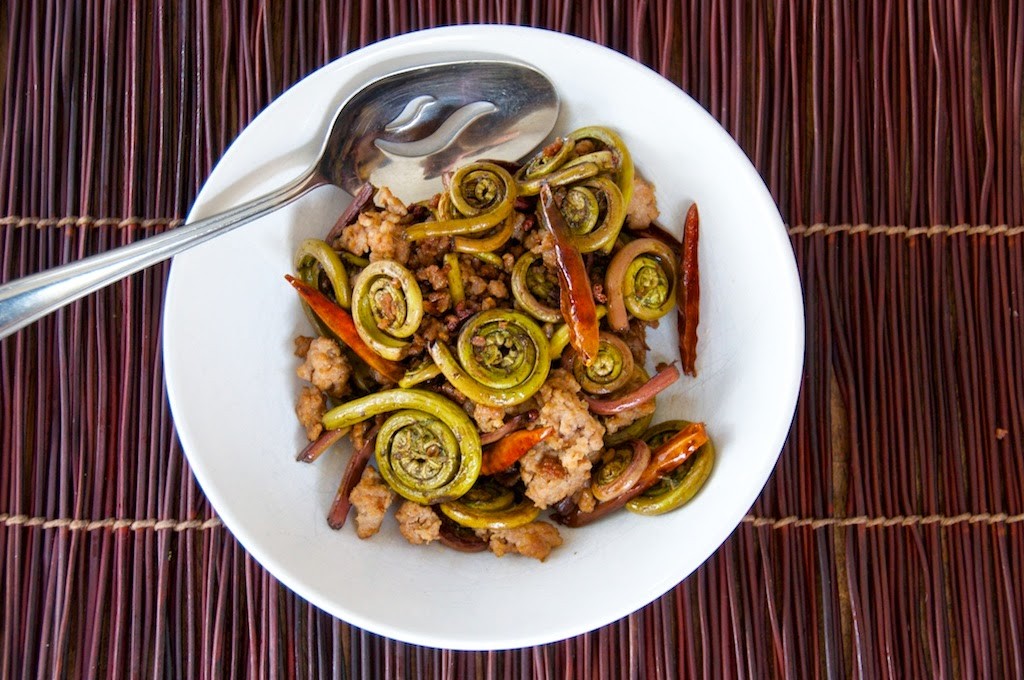 ichuan pickled fiddleheads
ichuan pickled fiddleheads 